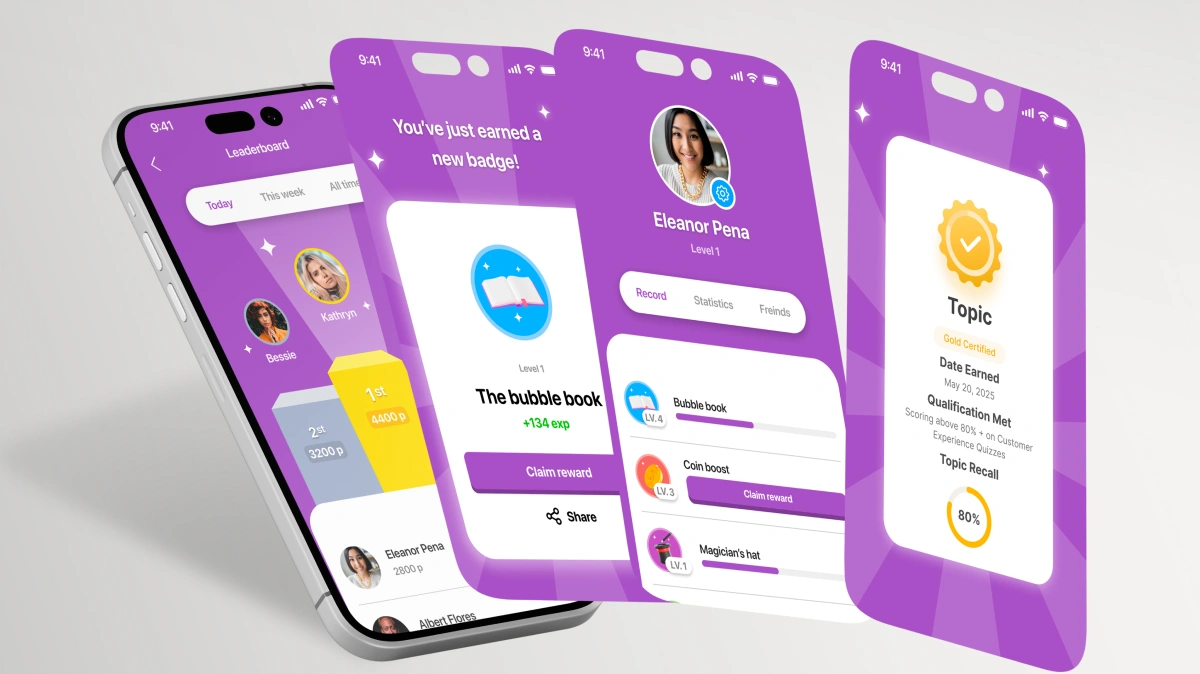
In today's world, native apps provide better user interaction, offering speed, personalization, and device integration. They enable businesses like restaurants, stores, and services to increase customer loyalty and sales. Native apps run faster than web versions and use AI for recommendations. This article explores how native apps improve user interaction, drive business growth, and how to optimize for organic traffic through SEO.
Why Native Apps Provide Better User Interaction?
Native apps transform user interaction, offering speed and device integration. The mobile app market is growing, with native solutions used by 80% of businesses for optimization. They offer:
- Speed: Faster loading than web versions.
- Personalization: AI for individual recommendations.
- Integration: Use of camera, GPS, and sensors.
- Loyalty: Push notifications for customer retention.
SEO Tip: Use keywords like "native apps", "user interaction", or "mobile apps" in descriptions for App Store and Google Play to attract organic traffic.
1. Speed and Performance
Native apps run faster as they are compiled for specific platforms, improving user interaction.
Benefits
- Loading: Quick opening, reducing churn.
- Performance: Optimized for devices.
- Offline Access: Work without internet.
How to Implement?
- Use Swift for iOS or Kotlin for Android.
- Integrate Firebase for offline features.
- Test on real devices.
2. Personalization of Interaction
Native apps use device data for personalization, enhancing user interaction.
Benefits
- Recommendations: AI for individual offers.
- Push Notifications: Personalized alerts.
- Loyalty: Increased customer retention.
How to Implement?
- Integrate Machine Learning for AI.
- Use OneSignal for push notifications.
- Analyze data with Google Analytics.
3. Device Integration
Native apps fully utilize device features like GPS and camera for better interaction.
Benefits
- GPS: Local recommendations.
- Camera: AR for try-ons.
- Sensors: Interactive features.
How to Implement?
- Integrate Core Location for GPS.
- Use ARCore for AR.
- Test on various devices.
4. Enhancing Loyalty
Native apps increase loyalty through convenience and personalization.
Benefits
- Loyalty Programs: Bonuses and discounts.
- Offline Access: Work without internet.
- Engagement: Increased retention.
How to Implement?
- Integrate Yotpo for loyalty.
- Use Realm for offline data.
- Analyze retention with Mixpanel.
5. SEO and Organic Traffic for Apps
Native apps integrate with **SEO**, attracting organic traffic through ASO.
Benefits
- ASO: Optimization for App Store.
- Content: Descriptions for search.
- Traffic: Increased downloads.
How to Implement?
- Optimize descriptions with keywords.
- Use App Annie for ASO.
- Integrate Google Analytics for traffic.
Trends for Native Apps
- Artificial Intelligence: AI for recommendations.
- Augmented Reality: AR for interaction.
- Voice Interface: Growing queries via voice.
- Security: Biometrics for protection.
Tips for Creating Native Apps
- Define Platforms: iOS and Android for coverage.
- Integrate AI: For personalization.
- Optimize Speed: For better interaction.
- Test: On real devices.
- Update: Regularly for retention.
Native apps provide better user interaction, boost sales, and loyalty. Invest in them to thrive your business.



